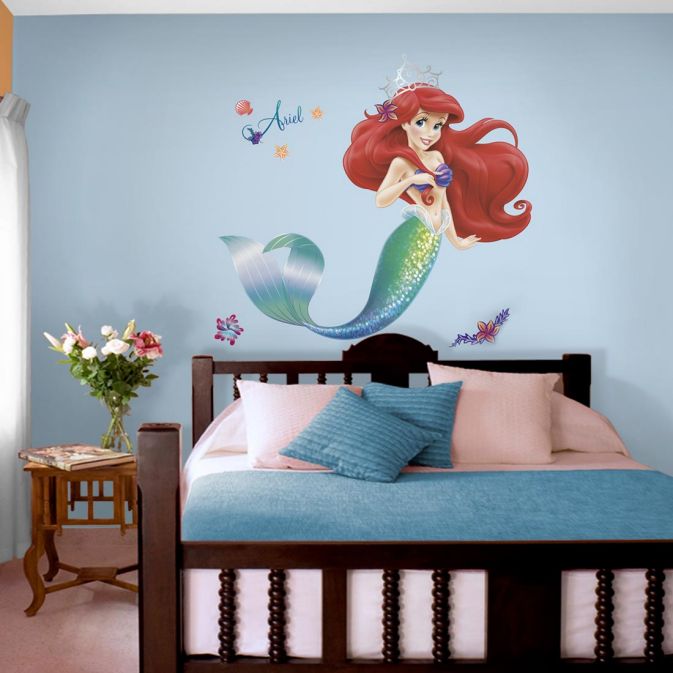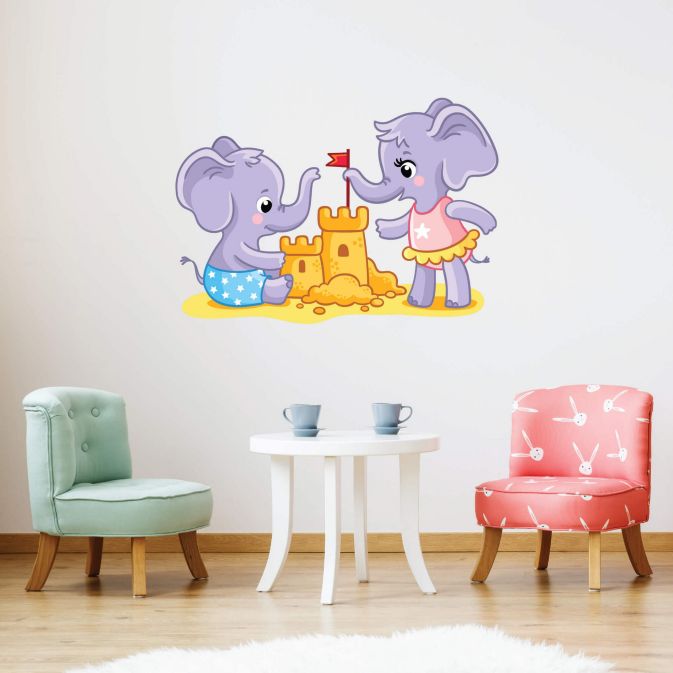In the agricultural sector as well as in construction, PVC fittings are utilized for drainage purposes. The following are their characteristics:
Inert and lead-free material; speedy and simple installation; UV-resistant; corrosion-free; high strength; however, they are less flexible than CPCV fittings.
The most common type of pipe fitting is a tee, which combines or divides fluid flow. Tees can change the direction of a pipe run or connect pipes with different diameters. They can also be used to transport mixtures of two fluids and are available in a variety of materials, sizes, and finishes.
A right-angled, short section of pipe with three ports is called a tee. The center port is connected to the main line at an angle equal to half of the pipe's bend radius, while the two end ports are connected to each other.
The fitting is either a wye (135 degrees) or a reducing tee (90 degrees) depending on the angle between the center port and either end port. Due to their infrequent use for anything other than splitting off a portion of the flow into another line, reducing tees do not have any other names. However, when necessary, reducing tees can serve as y-shaped crossover fittings.
Disclaimer: Images of products are only used as a reference. Color and appearance may differ in actual products.
 Safe Payment
Safe Payment
 7 Days Return Policy
7 Days Return Policy
 100% Authentic Products
100% Authentic Products




